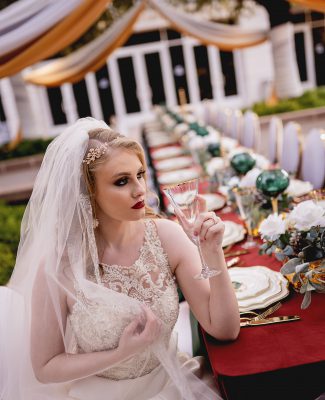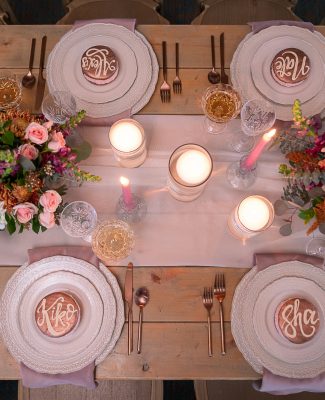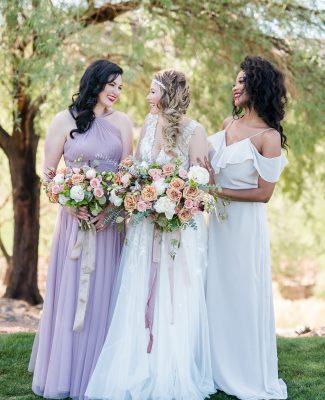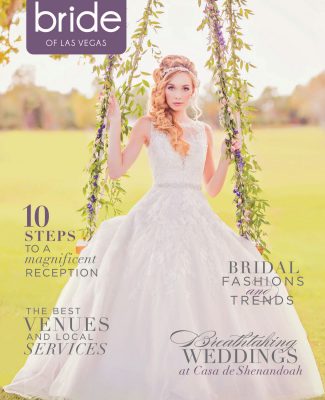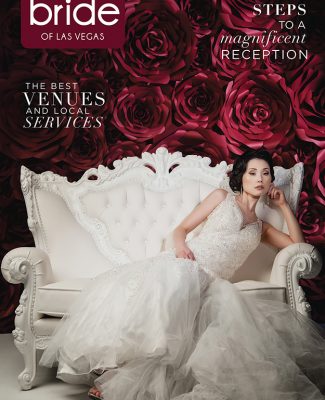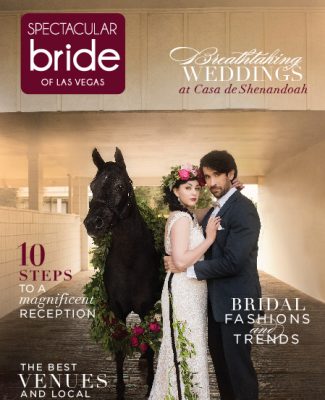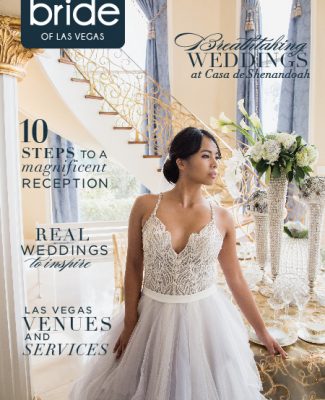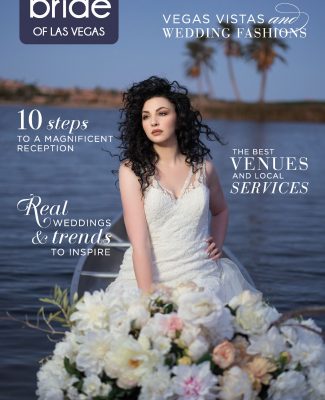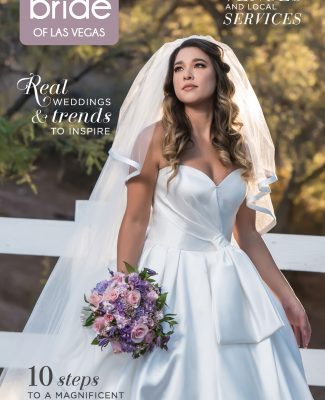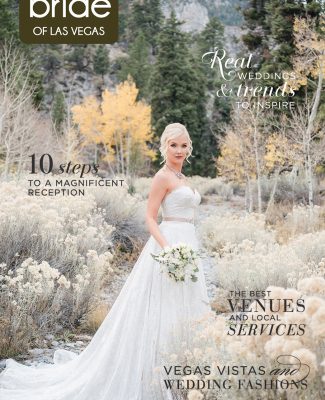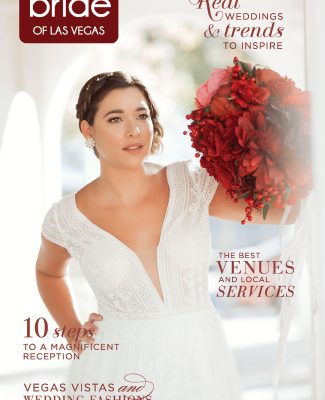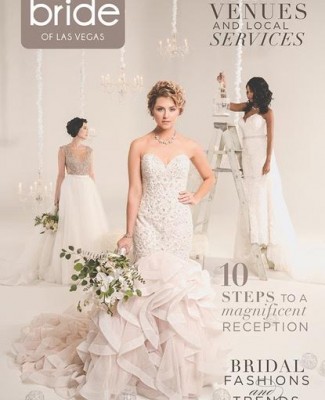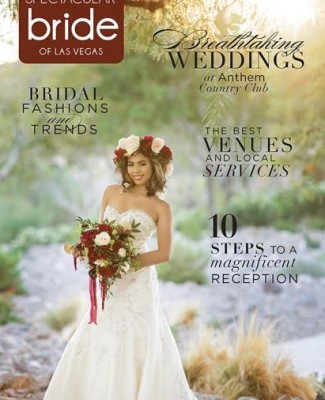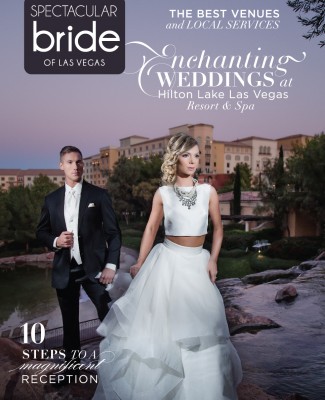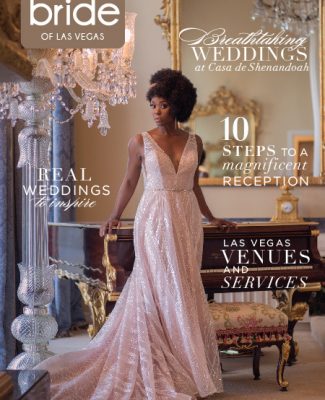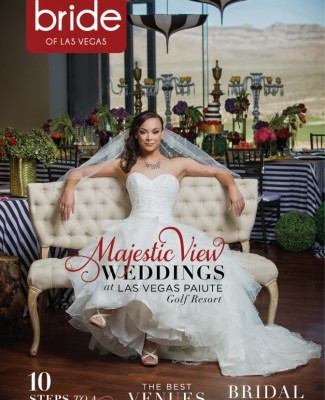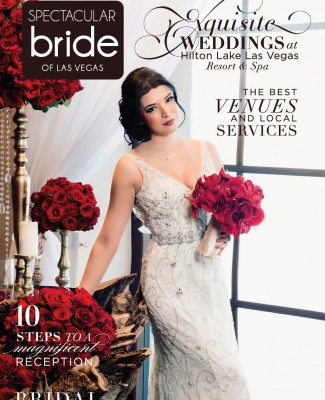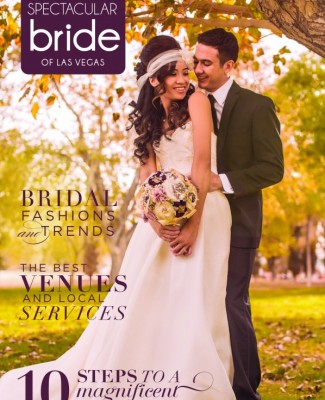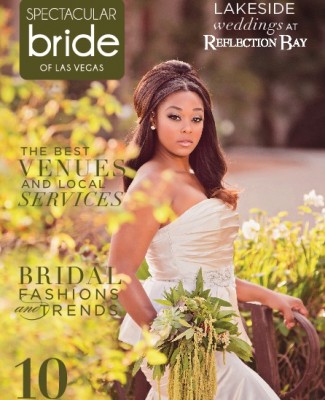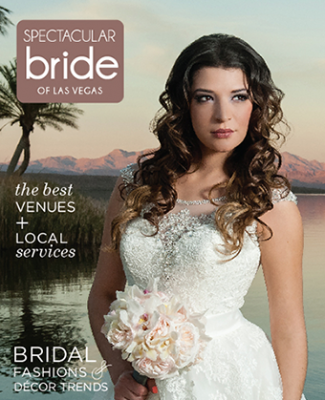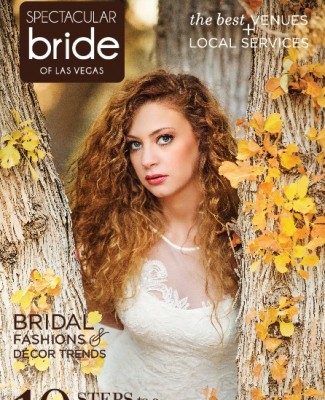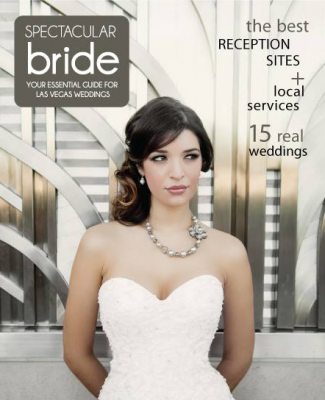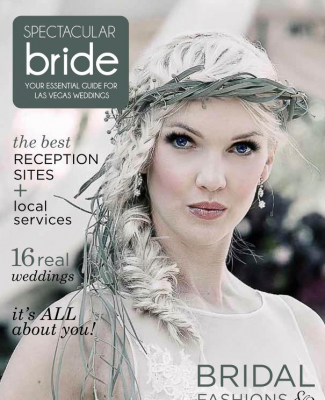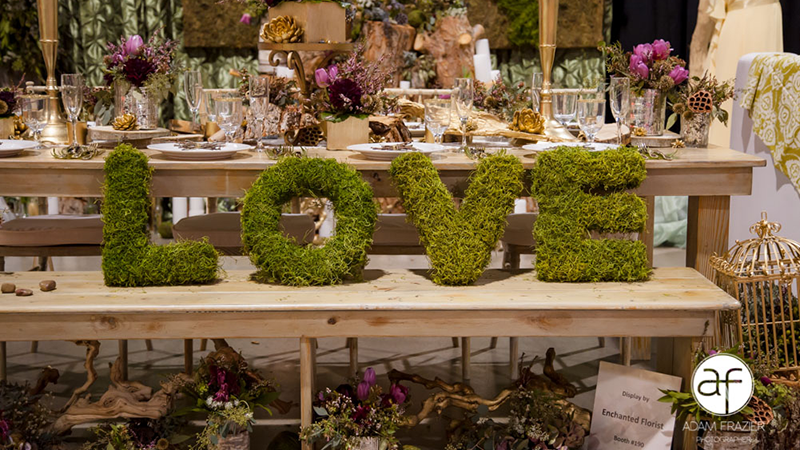The time has come where you get to begin planning one of the happiest days of your life! But, suddenly you are inundated with a surge of words you have probably never heard before. What is a tablescape, a preferred vendor, or a corkage fee? Wedding terminology is certainly a language of its own, so we at Bridal Spectacular put together a list of the top of definitions to help you master the lingo!
Let’s begin with wedding planning and invitations!
PLANNING
Bachelor Party: A party given for a man who is about to get married, typically attended by men only.
Bachelorette Party: A party given for a woman who is about to get married, typically one attended by women only.
Best Man: A brother or friend of the groom who stands closest to him at the altar. The best man is the chief assistant to the groom at a wedding (along with Maid of Honor) and is the third most important in attendance after the Bride and Groom.
Black Tie: A formal dress code that calls for men to wear tuxedos or a formal, dark suit and women to wear evening gowns or long or formal dresses. Generally reserved for events in the evening.
Black Tie Optional: A dress code in which tuxedos and formalwear are suggested, but not required.
Bridesmaids: Female family members and friends who form the bride’s entourage. They are a support team for the maid of honor and help with pre-wedding tasks, such as addressing invites, making bridal shower favors, planning the bachelorette party, and more.
Bridal Show: An event in which vendors feature their latest products and services, allowing brides access them directly all in one location. Often, vendors will also offer discounts available only at the show. Can also be called a Bridal Expo.
Bridal Shower: A bridal shower is a gift-giving party held for a bride-to-be in anticipation of her wedding. The custom originated in the 1890s and is today most common in the United States, Canada, Australia and New Zealand.
Cocktail Attire: A dress code that is less formal than black tie, and calls for men to wear tailored suits and women to wear cocktail dresses.
Consultation fee: Fee charged by some wedding professionals to meet and consult with a potential client.
Groomsmen: Male family and friends who assist the groom in planning and preparing for the big day. Their chief responsibility is to help the best man plan and pay for the bachelor party and to support the groom. It’s also common to have groomsmen do double duty as ushers, leaving their posts in time to process with the rest of the bridal party.
Maid of Honor and Matron of Honor: A sister or friend of the bride who stands closest to her at the altar. Although this role is traditionally given to one person, it can be given to two or even three. The maid of honor title is given to a woman who is not married, while the matron of honor title is give to one who is.
Open House: A bridal event held at a wedding venue that shows off the facility and gives the couple the opportunity to meet their preferred vendors.
Palette: The range of colors used in the wedding decor. Usually two or three colors.
Preferred Vendor: A vendor that a venue recommends and sometimes requires a couple to use when they plan a wedding at their facility. Sometimes the preferred vendors are included in all-inclusive packages, and if not, there is a separate negotiated base fee. Some venues allow a buy out of the preferred vendor if a couple wishes to use a different vendor.
Rehearsal Dinner: A rehearsal dinner is a pre-wedding event that is usually held after the wedding rehearsal and the night before the wedding ceremony. The guests generally include the married-to-be couple, close family and the wedding party.
Trunk Show: A showing of bridal gowns usually provided by a designer or manufacturer at a bridal salon. In many cases it allows staff or select customers to preview and/or purchase merchandise before it is made available to the public.
Ushers: Men selected by the groom who seat guests as they enter the ceremony. They are generally family members or close friends.
Wedding Party: A wedding party (also known as the bridal party) includes the bride and groom, as well as the bridesmaids and groomsmen at a wedding.
Wedding Theme: A style choice that you apply to all aspects of your wedding day from the invitations through to your table settings. The theme itself could be anything from a specific color, a distinguishing motif such as a peacock feather, or a specific time period like the roaring twenties.
White Tie: The most formal evening dress code in which men wear a black dress coat, commonly known as an evening tailcoat, white bow tie, white waistcoat and starched winged collar shirt. Women wear evening gowns.
INVITATIONS
Bellyband: This decorative band of paper, fabric or ribbon wraps around the middle of your invitation, almost like a belt. It’s ideal for dressing up a simpler invite and keeping response cards, maps and other extras neatly contained.
Card Stock: Paper that is thicker than writing paper, but thinner and more flexible than other forms of paperboard.
Debossing: A design that is pressed into the paper, creating an indent. There’s no ink involved, so this would be used to add a special design or monogram to the paper — not for the actual information.
Die Cut: A technique used for invitations to create a “window” for text or images.
Embossing: A printing technique that creates raised surfaces in invitations. The process uses mated dies that press the paper into a shape that can be felt and seen on both the front and backsides.
Engraving: The most traditional form of invitation printing with slightly raised lettering and indentations that can be felt on the backside.
Escort Cards: Printed cards that inform guests of what table they’ll be seated at. They are typically displayed as guests enter the reception or at cocktail hour.
Foil Stamping: A small sheet of metallic paper is pasted onto the invite and then stamped or embossed to create a 3-D design.
Laser Cut: A laser is used to cut precise, intricate patterns (like lace) into your paper.
Letterpress: A printing technique where blocks or plates of raised type are inked and pressed deep into the paper, giving words a grooved texture.
Map cards: Most commonly featured on enclosure cards in invitation suites. Maps can be hand-painted and customized to call out locations where the wedding events will take place and even the couple’s favorite local spots. Directions to the wedding may be printed on the same card.
Monogram: A combination of your fiancé’s name and your name. It can be both of your first names, your first and last initials, just your first initials, or your new married ones. Many couples use a custom-designed monogram as a wedding motif.
Motif: A reoccurring theme, image or design used throughout your wedding details, including your invitations and other wedding paper (it’s sometimes referred to as a “dingbat”).
Place Cards: Printed cards that are placed at each seat at the reception to let guests know which chair they will be sitting at.
Reply Card: A card with the invitation that guests return to indicate whether or not they will be attending and how many people will be in attendance.
Save-The-Dates: Announcements sent out usually six months before the wedding to alert guests to keep the wedding date free.
Stationery Suite: A term to describe all of the stationery, including the save-the-dates, invitations, reply cards, reception cards, and any other invitation enclosures.
Tablecards: A sign at the center of each table so guests can find their place.
Thermography: A process that uses heated powder to give print a raised look. It looks like engraved print but costs less.
Typeface: This is the lettering style or font. Changing this can give your invitation a completely different look, so experiment with a few different options before you choose.
Vellum: Heavy, transparent paper that is often used as an overlay on wedding invitations.
Wedding Invitation: A letter asking the recipient to attend a wedding. It is typically written in formal, third person language and mailed five to eight weeks before the wedding date.
Wedding Program: Programs are often in the form of a small booklet and include information about the ceremony, such as the date, the names of the bridal party, the order of events, and the titles of readings and songs.
Please stay tuned for our next blog where we review the wonderful words of wedding fashion! In the meantime, for more wedding planning tips, ideas and inspiration, please visit bridalspectacular.com or follow us on Facebook, twitter and Pinterest.
And, be sure to save-the-date to attend our Autumn Bridal Show August 21 and 22 at Cashman Center where you’ll find more great wedding ideas and themes! Receive $5 off admission when you buy tickets online! Click here and enter promo code: BLOG2015
Author: Deidre Bakker-Riches

